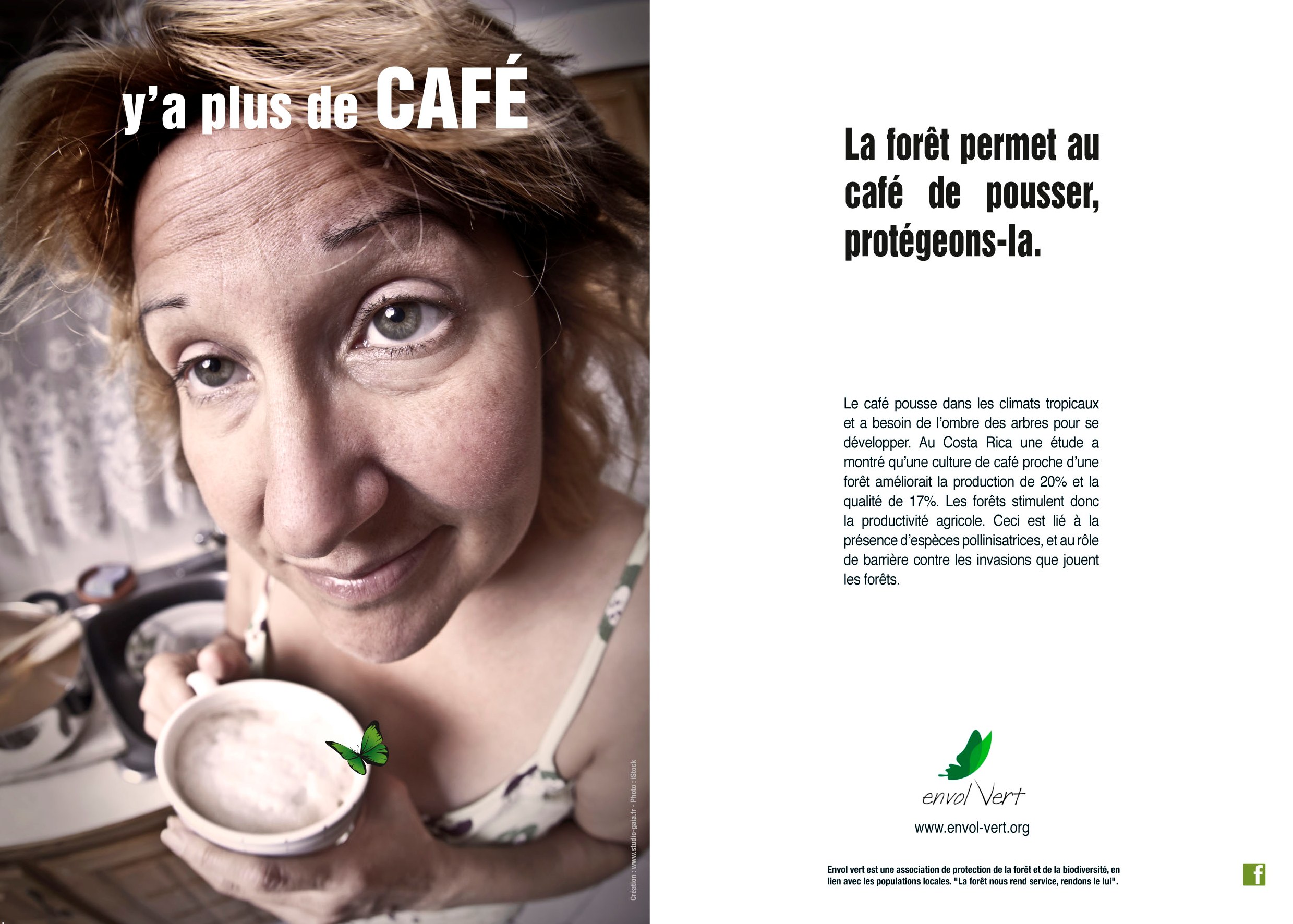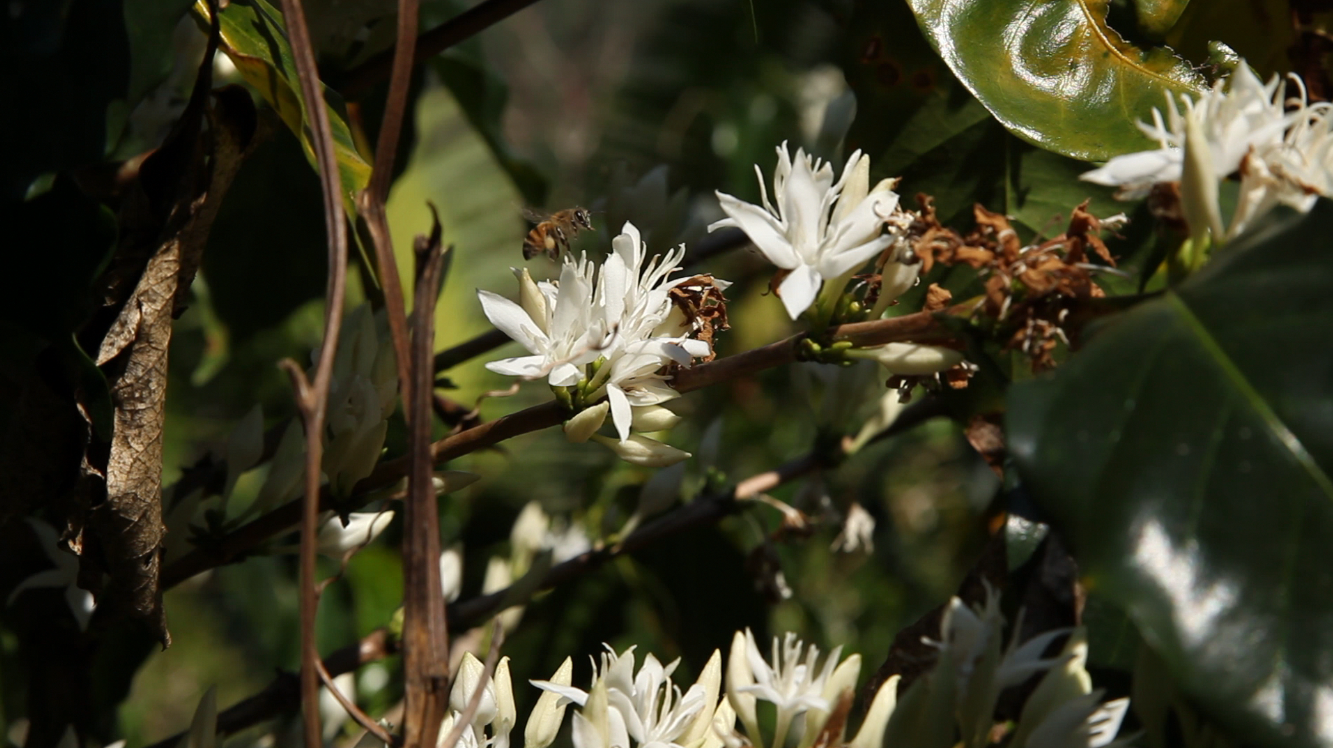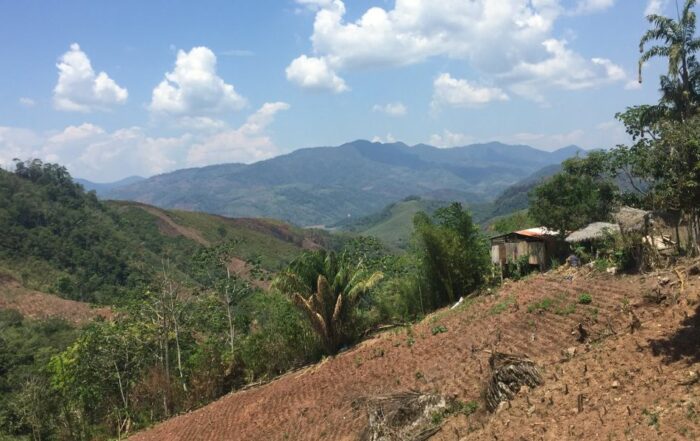Forests have a crucial role to play: feeding us !
In 2007, the value of foodstuffs produced by forests worldwide was an estimated 75-552$ per hectare per year. In other words, we need the forests to live as we do because they provide a substantial quantity of things for us to eat.
One of the forest’s key offerings to us is nuts. A favourite for party nibbles, but also crushed to add flavour to sweet and savoury dishes, Brazil nuts grow on the Noyer tree (Bertholletia excelsa) in the Amazon forest. This tree can grow up to 50m in height and 2m in diameter, and produces an average of 150kg of nuts a year. We need to remember, though, that the Amazonian Noyer tree only produces nuts when it grows naturally or, to put it another way, the tree can only produce nuts if it is surrounded by the biodiversity of the forest which allows the tree to grow and develop properly. A Noyer tree which has been uprooted and separated from the rest of its species will be sterile.
Forests also provide us with a balanced diet
Take the example of your morning coffee or after-lunch espresso. Coffee grows in tropical climates and needs the shade of surrounding trees to grow properly. A study carried out in Costa Rica found that a coffee cultivation located close to a forest would produce 20% more coffee, which would be of 17% better quality.
The bidodiversity of forests also makes for better agricultural yields, notably because they are home to numerous pollinators. Butterflies, bees, some species of flies, birds such as hummingbirds and even mammals such as bats are behind roughly a third of world food production (fruits, vegetables, nuts and seeds, some pulses, coffee, cocoa, herbs and spices….), and ¾ of all subsistence farming. The value of the work which bees, for example, do for us, has been estimated at 153 billion euros a year.
Let’s turn back to pollination. Of course, not all pollinators live in the forest, but as far as we know the forest is home to 2/3 the world’s land-living species, from which we can see that they are an important habitat for pollinators.
Finally, we should also mention the regulation of local pests, which can reduce yields by up to 30%. This is, of course, also down to the many different species living in the forest, such as beetles, ladybirds, hoverflies and other carnivorous insects.
We can, therefore, conclude that without the help which the forests and the insects living there have to offer us -not to mention pollination and pest control- our food supply and cultivations would be in a precarious situation. We could say goodbye to our morning coffee and buttered toast, to white wine and cashew nuts for nibbles, to turkey and stuffing, to a well-balanced and delicious meal, or even to fruit salads or soup livened up with a sprinkle of coriander.

The forest allows coffee to grow: Let’s protect it. Coffee grows in tropical environments and needs the shade of surrounding trees to develop properly. A study carried out in Costa Rica found that a coffee cultivation located close to a forest would produce 20% more coffee, which would be of 17% better quality. Forests are therefore vital to agricultural productivity. This is because of the pollinating species living in the forest, and the role which these animals play in keeping the local pest population in check.
Forests have a crucial role to play: feeding us !
In 2007, the value of foodstuffs produced by forests worldwide was an estimated 75-552$ per hectare per year. In other words, we need the forests to live as we do because they provide a substantial quantity of things for us to eat.
One of the forest’s key offerings to us is nuts. A favourite for party nibbles, but also crushed to add flavour to sweet and savoury dishes, Brazil nuts grow on the Noyer tree (Bertholletia excelsa) in the Amazon forest. This tree can grow up to 50m in height and 2m in diameter, and produces an average of 150kg of nuts a year. We need to remember, though, that the Amazonian Noyer tree only produces nuts when it grows naturally or, to put it another way, the tree can only produce nuts if it is surrounded by the biodiversity of the forest which allows the tree to grow and develop properly. A Noyer tree which has been uprooted and separated from the rest of its species will be sterile.
Forests also provide us with a balanced diet
Take the example of your morning coffee or after-lunch espresso. Coffee grows in tropical climates and needs the shade of surrounding trees to grow properly. A study carried out in Costa Rica found that a coffee cultivation located close to a forest would produce 20% more coffee, which would be of 17% better quality.
The bidodiversity of forests also makes for better agricultural yields, notably because they are home to numerous pollinators. Butterflies, bees, some species of flies, birds such as hummingbirds and even mammals such as bats are behind roughly a third of world food production (fruits, vegetables, nuts and seeds, some pulses, coffee, cocoa, herbs and spices….), and ¾ of all subsistence farming. The value of the work which bees, for example, do for us, has been estimated at 153 billion euros a year.
Let’s turn back to pollination. Of course, not all pollinators live in the forest, but as far as we know the forest is home to 2/3 the world’s land-living species, from which we can see that they are an important habitat for pollinators.
Finally, we should also mention the regulation of local pests, which can reduce yields by up to 30%. This is, of course, also down to the many different species living in the forest, such as beetles, ladybirds, hoverflies and other carnivorous insects.
We can, therefore, conclude that without the help which the forests and the insects living there have to offer us -not to mention pollination and pest control- our food supply and cultivations would be in a precarious situation. We could say goodbye to our morning coffee and buttered toast, to white wine and cashew nuts for nibbles, to turkey and stuffing, to a well-balanced and delicious meal, or even to fruit salads or soup livened up with a sprinkle of coriander.

The forest allows coffee to grow: Let’s protect it. Coffee grows in tropical environments and needs the shade of surrounding trees to develop properly. A study carried out in Costa Rica found that a coffee cultivation located close to a forest would produce 20% more coffee, which would be of 17% better quality. Forests are therefore vital to agricultural productivity. This is because of the pollinating species living in the forest, and the role which these animals play in keeping the local pest population in check.







